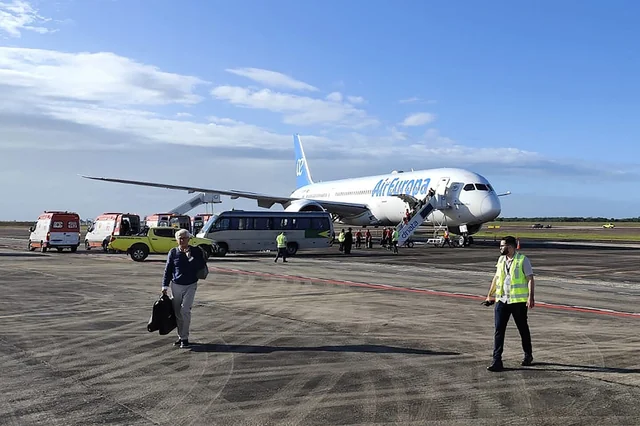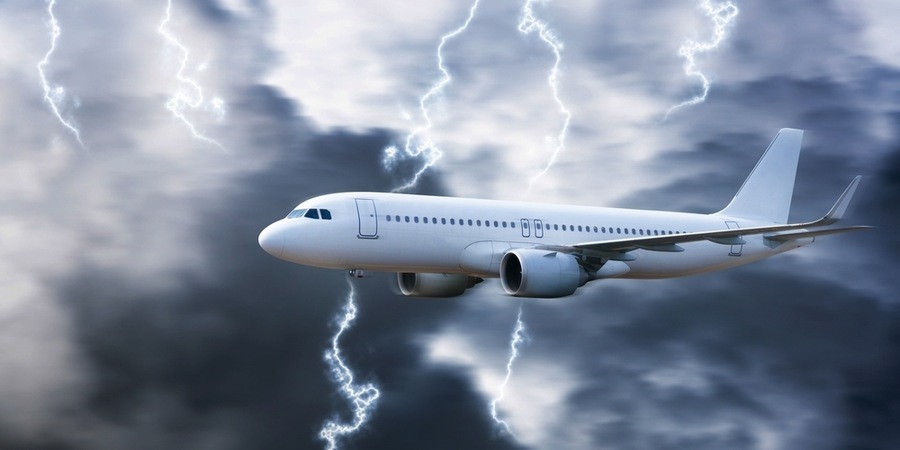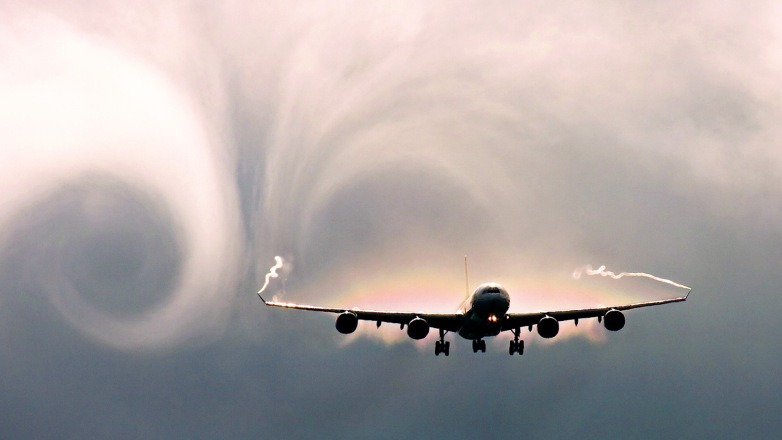Flight turbulence is a common phenomenon experienced by passengers and crew during air travel. Despite its frequency, it remains one of the most misunderstood and anxiety-inducing aspects of flying. This article aims to provide a comprehensive understanding of flight turbulence, the factors that cause it, the measures taken to manage it, and the advancements in technology that ensure passenger safety.
What is Flight Turbulence?
Contents

Flight turbulence refers to the irregular motion of the air through which an aircraft flies, causing the plane to experience unpredictable and often abrupt movements. It can vary in intensity from mild bumps to severe jolts, depending on the underlying causes and atmospheric conditions.
Causes of Flight Turbulence
There are several types of Flight Turbulence, each caused by different atmospheric conditions:
- Clear Air Turbulence (CAT): Occurring at high altitudes, CAT is caused by the interaction of different air masses, often near the jet stream. It is challenging to predict as it occurs in clear skies without any visible warning signs.
- Mechanical Turbulence: This type of turbulence is caused by obstacles such as mountains, buildings, or other structures disrupting the flow of air. It is commonly experienced during takeoff and landing.
- Thermal Turbulence: Caused by the heating of the Earth’s surface, thermal turbulence occurs when warm air rises and cool air descends, creating vertical air currents. It is most commonly experienced during the afternoon over landmasses.
- Wake Turbulence: Generated by the passage of another aircraft, particularly large jets, wake turbulence is the result of vortices created by the wingtips. It can be hazardous during takeoff and landing if a smaller aircraft follows too closely behind a larger one.
- Frontal Turbulence: Associated with weather fronts, this type of turbulence occurs when two air masses of different temperatures and densities collide. It is often accompanied by changes in weather conditions, such as thunderstorms or strong winds.
Impact of Flight Turbulence
Turbulence can have various effects on a flight, ranging from minor discomfort to potential safety hazards:

- Passenger Discomfort: Mild to moderate turbulence can cause discomfort and anxiety among passengers. The feeling of sudden drops or jolts can be unsettling, especially for those with a fear of flying.
- Injury Risk: Severe Flight Turbulence can pose a risk of injury to passengers and crew, particularly if they are not seated with their seatbelts fastened. Injuries can range from minor bruises to more serious conditions if passengers or objects are thrown around the cabin.
- Operational Challenges: Pilots must navigate turbulence carefully, sometimes altering flight paths or adjusting altitude to find smoother air. This can lead to longer flight times and increased fuel consumption.
Managing Flight Turbulence
Airlines and pilots employ several strategies to manage turbulence and ensure passenger safety:
- Weather Forecasting: Modern weather forecasting tools allow pilots to anticipate areas of potential turbulence. By studying weather patterns and using real-time data, pilots can plan routes that minimize exposure to turbulent conditions.
- Flight Path Adjustments: When Flight Turbulence is encountered, pilots may change altitude or alter the flight path to find smoother air. Communication with air traffic control and other aircraft in the vicinity helps in identifying the best course of action.
- Seatbelt Sign: The seatbelt sign is a crucial tool for managing passenger safety during turbulence. Pilots turn on the seatbelt sign when turbulence is expected or encountered, advising passengers to remain seated with their seatbelts fastened.
- In-Flight Communication: Keeping passengers informed about the nature and duration of turbulence can help alleviate anxiety. Clear communication from the cockpit reassures passengers that the situation is being monitored and managed.
- Cabin Crew Training: Flight attendants are trained to handle turbulence-related situations, ensuring that passengers follow safety protocols and providing assistance if needed.
Technological Advancements
Advancements in technology have significantly improved bosjoko the ability to predict and manage Flight Turbulence:

- Radar and Satellite Systems: Modern radar and satellite systems provide detailed information about weather conditions along flight routes. This data helps pilots anticipate and avoid areas of turbulence.
- Turbulence Detection Systems: Some aircraft are equipped with turbulence detection systems that use lasers or Doppler radar to detect turbulent air ahead. This technology allows pilots to take preemptive measures to minimize the impact on the flight.
- Real-Time Data Sharing: Collaborative networks and data-sharing platforms enable airlines to exchange real-time information about turbulence encounters. This collective knowledge helps improve route planning and turbulence avoidance strategies.
- Aircraft Design: Advances in aircraft design have led to improved stability and comfort during turbulent conditions. Modern planes are built to withstand significant turbulence, with flexible wings and advanced control systems that help mitigate the effects.
Passenger Tips for Dealing with Flight Turbulence
While Flight Turbulence is a normal part of flying, passengers can take steps to ensure their comfort and safety:
- Keep Seatbelt Fastened: Always keep your seatbelt fastened while seated, even if the seatbelt sign is off. This precaution minimizes the risk of injury during unexpected turbulence.
- Stay Calm: Remember that turbulence is a common occurrence and that pilots are trained to handle it. Listening to the crew’s instructions and staying calm can help manage anxiety.
- Secure Belongings: Stow carry-on items securely in overhead bins or under the seat in front of you. This prevents items from becoming projectiles during turbulence.
- Choose the Right Seat: Seats over the wings tend to experience less movement during turbulence compared to seats at the front or back of the aircraft.
- Avoid Hot Beverages: During periods of turbulence, it’s best to avoid hot beverages that could spill and cause burns.
Conclusion Flight Turbulence
Flight turbulence, while a common aspect of air travel, is well-managed by modern aviation practices and technology. Understanding the causes and impacts of turbulence, along with the strategies used by pilots and airlines to mitigate its effects, can help passengers feel more secure and informed. As technology continues to advance, the ability to predict and manage turbulence will only improve, ensuring safer and more comfortable flights for everyone.
Read More Article About “Ekadashi: The Spiritual Significance July 2024 Observances“


















